Martial Arts Training Tip #36
Having done Martial Arts Training for over 45 years, I am struck by one simple thing: the randomness of it all. When I developed Matrixing I found that randomness increased with the age of an art. The longer a fighting discipline had been around, the apt it was to be random.
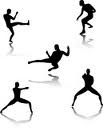
The point here is that when an art is ‘created,’ it is usually developed along certain logical lines. As times pass, and the art is no longer used in combat, these lines tend to blur. Logic begins to wane and become less and less.
Karate, for instance, is at least used in tournaments, and so retains, in some fashion, a certain combat effectiveness Unfortunately, this workability is not in evidence in the forms. Thus, students of Karate are often studying two arts, one of freestyle, and one of form.
Interestingly, learning kata has the most benefit. It develops calm and patience and strong bodies, without the danger of getting beaten up. Unfortunately, form doesn’t resemble combat.
Combat, while being real, endangers the student when done to an extreme. Also, the ‘joy of combat’ excites the mind, and reduces discipline and calmness of mind. Thus, while combat is necessary, it must take a second place to form.
The ideal blend of martial arts would be when form relates to real combat, and yet does not cause the student to lapse into excitability which obscures true learning. This, when one inspects the current forms of the martial arts, is almost an impossibility. It is not even possible when one trains in a system devoted mostly to application.
A system of application only is a system that focuses on strings of data, and never gets the whole picture of behind all the martial arts styles. The result is a system which takes too long to learn, and isn’t always effective. A system based on application is a system based on memorizing tricks.
The above being taken into consideration, one reaches the conclusion that the ideal system would have a blend of form and freestyle. Further, the system must be tied together by a logical, step by step arrangement of application. Thus, form, freestyle and application, intelligently arranged, make up the three sided balance of the best martial arts training.

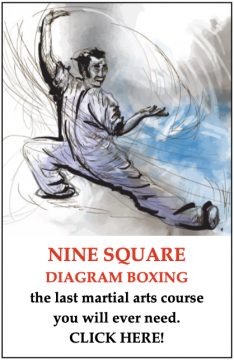

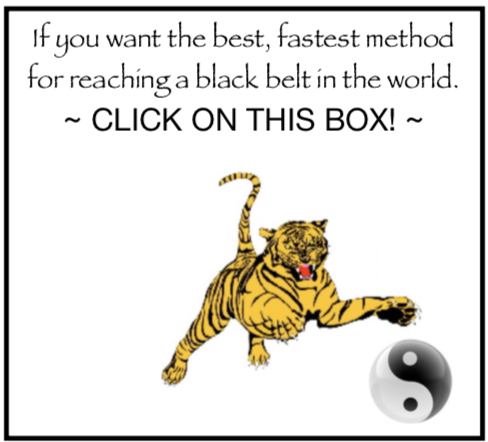
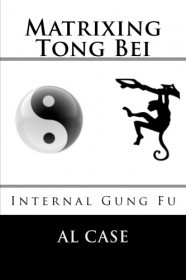

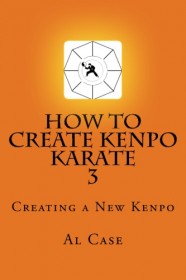

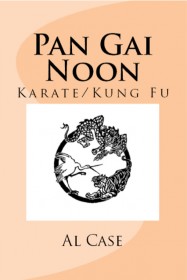
Another key delineation of unarmed martial arts is the use of power and strength-based techniques (as found in boxing, kickboxing, karate, taekwondo and so on) vs. techniques that almost exclusively use the opponent’s own energy/balance against them (as in T’ai chi ch’uan, aikido, hapkido and aiki jiu jitsu and similar). Another way to view this division is to consider the differences between arts where Power and Speed are the main keys to success vs. arts that rely to a much greater extent on correct body-mechanics and the balance of the practitioners energy with that of the opponent.’–;
I’ll see you in a bit
<http://calaguas.org/index.php